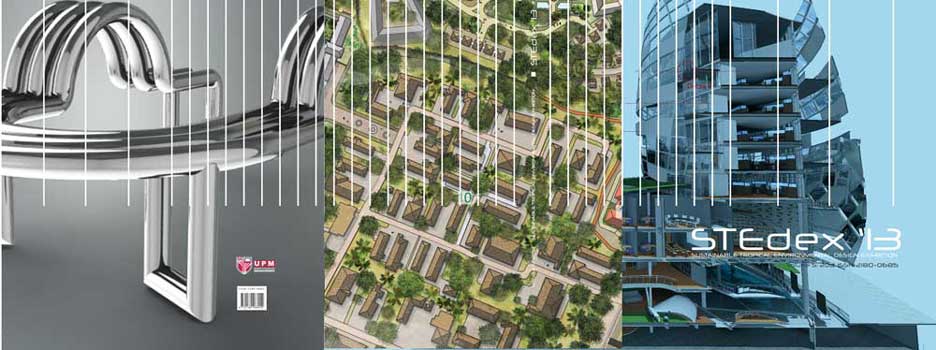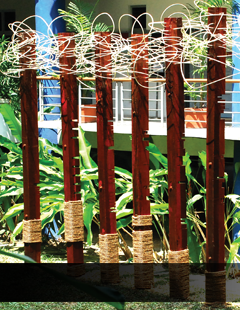
The Shifting Landscape: Environmental Art |
| Faziawati Abdul Aziz |
| It is human nature to seek for new, exciting and the
unexpected that would break the bonds from the ordinary
and the known. At the same time, we seek beauty and
balance within ourselves and of our environment. At the
intersection of these two values, the radical emerges—
an evolution that changes our landscape. In relation
to our environment, the art movement shifted from the
traditional displays in galleries and museum to the natural
environment. Environmental art, land art, earth art,
earthworks or art in nature, in whichever name we want
to call it, emerges in the 1960s as “a release from the
theoretical arguments concerning abstract expressionism,
minimalism, and theatricality” (Thornes, 2008). The
outcome from critiques of the conventional arts that it
was deemed as out-dated and not in harmony with the
natural environment. Unlike paintings, environmental art is
more about human experiences, engaging with art and
its environment. It is what that links the aesthetics and the
environment which impacts upon our feelings and our
everyday experience of our environment that is often
taken for granted (ibid).
|



